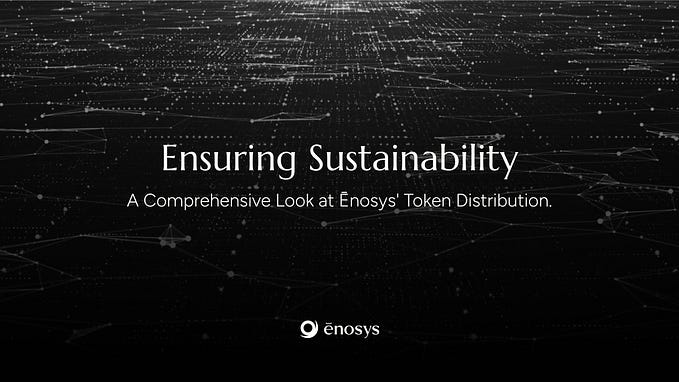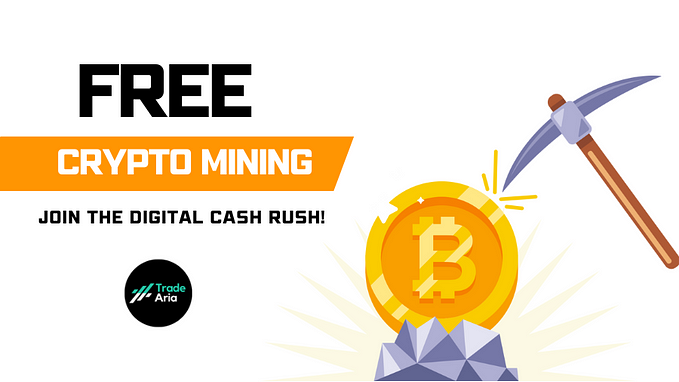The FLRDrops Arc:

As we approach the release of FLR Drops for community testing on the Coston TestNet, we are releasing a short info-series to provide some general insights into NFTs, as well as uses and features, some of which will be found within the FLR Drops module. The initial release of Drops will be in a limited capacity with more features to be added as testing and developments progress. This info-series will continue to provide updated information as development progresses.
Intro to NFTs
NFTs have become popular within the world of digital art and collectibles. Digital artists are witnessing an increased demand for their work, and a large proportion of that is due to a blossoming crypto-audience, as well as the benefits associated with blockchain technology enabling new opportunities of creation, such as generative art created via smart contracts.
The core principles of Web3 enable both Artists and Collectors to access a decentralised market to which they can connect without permission, trust, or borders, transact with native payments and retain ownership of their data. Digital art is one of many use cases for NFTs. They can be utilised to grant holders membership, to represent ownership of digital and physical items, certify the veracity of any unique asset, or grant permission to a certain stake, share or function.
What’s in the name…NFT?
NFT is an acronym for ‘Non-Fungible Token’, which is an economic term used to describe things that are not readily interchangeable, as they have unique qualities that add or subtract value. Some examples of everyday Non-Fungible items would be things like your car, house, or even your dog. Attempting to swap these items for something similar is going to spark a serious debate between both parties to determine the value, and an exchange is likely not going to be agreed upon, or the intrinsic value just cannot be interchanged at all.
Fungible items, on the other hand, can be interchanged easily for another similar item as they are defined by their value and not by their unique properties. A prime example of Fungibility is money, where a $1 note is easily exchanged into four quarters or for another $1 note. No need to debate upon their value when exchanging.
A combination of the above is possible, and this combination is known as a Semi-Fungible Token. SFTs are particularly useful in the gaming industry, and the ERC-1155 standard was developed by blockchain game developers Enjin. Games can contain fungible elements such as in-game currency, as well as non-fungible collectibles like skins and weapons. Game developers can utilise both types of tokens and ensure interoperability so gamers can readily trade items. Other uses for SFTs include concert tickets, store vouchers, and membership cards.
How do they work?
NFTs are digital tokens with a unique ID that allows them to be associated with particular on-chain addresses. They also contain comprehensive metadata for confirming ownership of any asset. A token standard defines the token’s smart contract and its inherent features. There are many different standards on various blockchains, but the most widely used for NFTs are the ERC-721 and ERC-1155 standards developed for Ethereum, and as the Flare Network utilises the Ethereum Virtual Machine, these are the standards that will be associated with all NFTs on FLR Drops.
Token Standards

- ERC-20
ERC-20 tokens are fungible tokens. They function like a regular cryptocurrency, but they are smart contract tokens which can be used as financial assets, utility assets or currency. If linked to an NFT contract, these fungible tokens can represent a fraction of an artwork. It is also possible to mint ERC-20 tokens that are backed by an ERC-721. The corresponding ERC-20 can then be utilised within DeFi pools, AMM’s and used as collateral.
- ERC-721
The ERC-721 standard creates non-fungible tokens for single items. This type of NFT has the ability to contain extensive information within the metadata. The main goal of the ERC-721 standard is to establish ownership. Another important function of this token standard is the ability to determine royalty payments associated with each resale of the NFT, since it can also record transaction history.
- ERC-1155
ERC-1155 is a universal token standard that is compatible with both fungible and non-fungible tokens, as well as being capable of representing both attributes in a semi-fungible fashion. It allows you to create and manage tokens of different standards in one transaction. The ability to transfer multiple items in a single transaction reduces network congestion and significantly reduces gas costs compared to creating multiple ERC-721 tokens. The ERC-1155 token standard can mint an infinite number of ERC-721 tokens.
- ERC-1155 allow for the creation of both semi-fungible and non-fungible tokens, whereas ERC-721 only permits the latter.
- ERC-1155 smart contracts support minting an infinite amount of tokens, whereas ERC-721 requires a new smart contract for each token type.
- ERC-1155 allows for batch transfers of tokens, which can reduce transaction costs and times. Sending multiple ERC-721 tokens needs to performed individually.
- ERC-1155 token transfers can be reverted in case of a mistake due to safe transfer functions and other parameters in place to prevent exploitation. On the ERC-721 standard, you can’t reclaim assets if they are incorrectly sent.
Due to the above benefits, ERC-1155 is commonly used for collections of several similar NFTs. Our Samurai and Delorian NFTs are an example of this.
The possibilities with the token standards mentioned above are just the tip of the iceberg. There are also less known token standards that can be used to not only innovate within the field of digital art, but also across the broader landscape. With even more token standards in development, FLR Finance is aiming to push boundaries and explore new use cases.
In future episodes, we will explore NFT use cases in more detail, and how FLR Drops will unlock the full potential of NFTs on Songbird, Flare and other networks.








